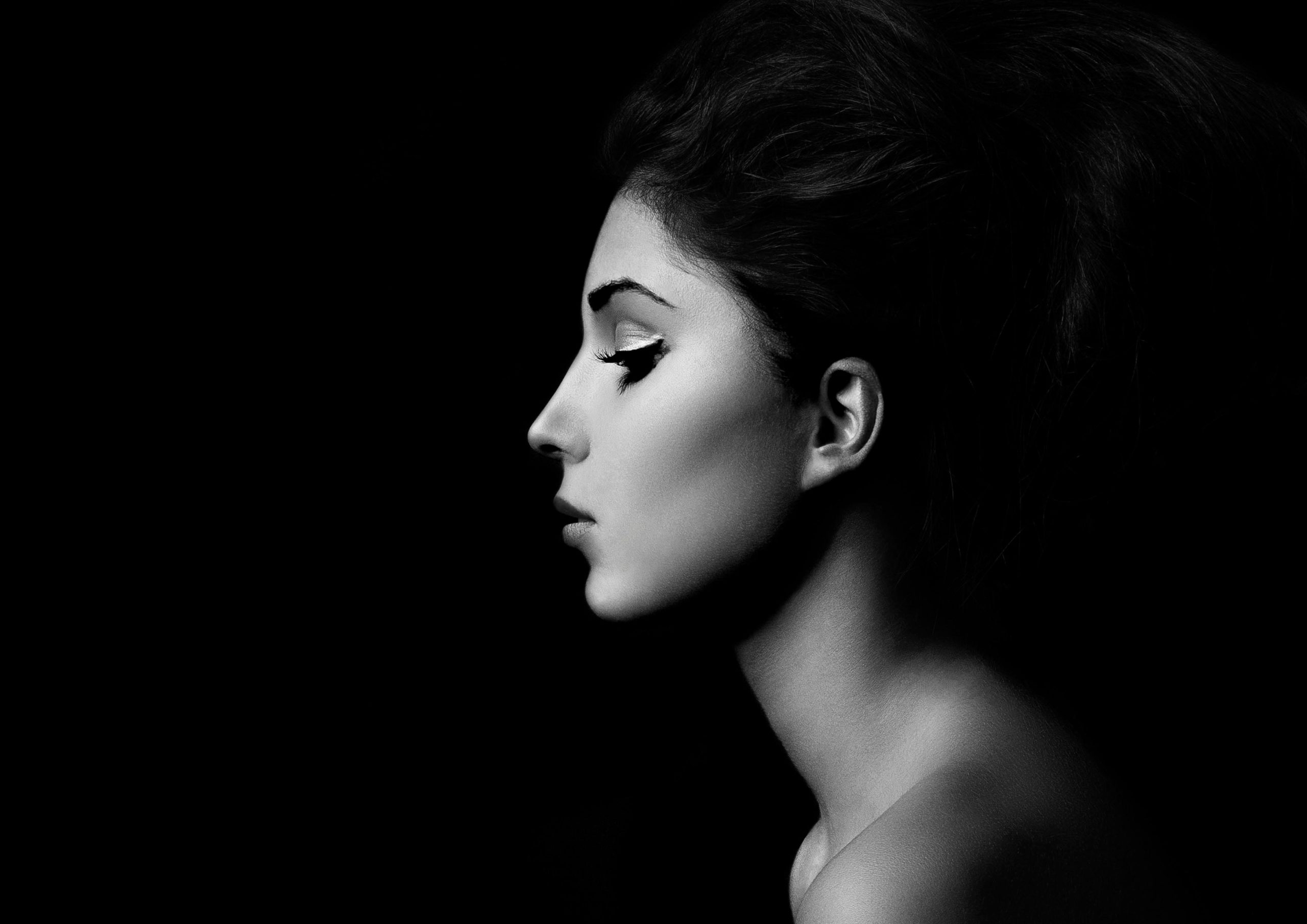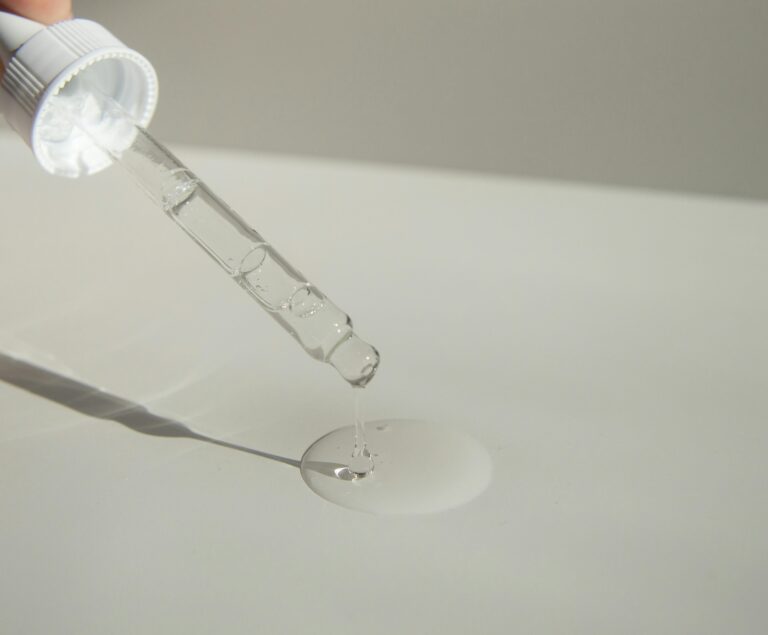Beauty photography is a captivating genre that celebrates the artistry and allure of the human form. Whether you’re capturing the intricate details of a makeup look or highlighting the natural beauty of a subject, mastering the art of beauty photography requires skill, creativity, and attention to detail.
In this guide, we’ll explore essential tips and techniques for beginners looking to delve into the world of beauty photography.
Understanding Lighting Techniques
Lighting is a crucial element in beauty photography, as it can dramatically affect the mood, tone, and overall impact of your images. Experimenting with different lighting setups allows you to create a variety of looks, from soft and ethereal to bold and dramatic.
Natural light is often preferred for beauty photography, as it provides a soft, flattering glow that enhances the subject’s features. When shooting outdoors, aim to capture your images during the golden hour, shortly after sunrise or before sunset, when the light is warm and diffused. If shooting indoors, position your subject near a large window to take advantage of soft, directional light.
For more controlled lighting setups, consider investing in a basic lighting kit with adjustable softboxes or umbrellas. Experiment with different angles and intensities to sculpt the light and create depth and dimension in your images. Remember to pay attention to shadows and highlights, as they can add visual interest and drama to your photos.
Mastering Composition Tricks
Composition plays a crucial role in beauty photography, helping to draw the viewer’s eye to the most important elements of the image and create a sense of balance and harmony. Understanding basic composition techniques can elevate your beauty photographs and make them more visually compelling.
One of the most commonly used composition techniques in beauty photography is the rule of thirds. Divide your frame into a grid of nine equal sections and position your subject or focal point at the intersection of the grid lines to create a more dynamic and visually pleasing composition. Experiment with different angles and perspectives to find the most flattering and interesting angles for your subject.
Another important aspect of composition in beauty photography is negative space. Leaving empty space around your subject can create a sense of elegance and sophistication, allowing the viewer to focus on the beauty of the subject without distractions.
Experiment with different framing techniques, such as tight crops and wide shots, to find the most effective composition for your images.
Working with Models
If you’re photographing models for beauty shots, effective communication and collaboration are essential for achieving successful results. Building rapport with your models and creating a comfortable and supportive environment will help them feel more relaxed and confident in front of the camera, resulting in more natural and authentic photographs.
Before the shoot, discuss your vision and creative ideas with your models, and encourage them to share their input and suggestions. Provide clear direction and guidance throughout the shoot, offering encouragement and feedback to help them pose and express themselves effectively. Be patient and attentive, and take the time to review images with your models to ensure that you’re both happy with the results.
Editing and Post-Processing Techniques
Post-processing plays a crucial role in beauty photography, allowing you to enhance and refine your images to achieve your desired aesthetic. Whether you’re correcting minor imperfections, adjusting colors and tones, or adding creative effects, mastering editing software is essential for bringing your vision to life.
Adobe Photoshop and Lightroom are popular choices for editing beauty photographs, offering a wide range of tools and features for retouching and enhancing images.
Experiment with different techniques, such as frequency separation for skin retouching, dodge and burn for sculpting and highlighting, and color grading for creating mood and atmosphere.
When editing beauty photographs, it’s essential to strike a balance between enhancing the natural beauty of your subject and maintaining a realistic and authentic appearance.
Avoid over-editing or applying heavy-handed retouching techniques, as this can result in unnatural-looking images that detract from the overall impact of your work.
Instead, focus on subtle adjustments and refinements that enhance the beauty of your subject while preserving their unique features and characteristics.
Conclusion
Beauty photography is a captivating and rewarding genre that allows you to celebrate the artistry and allure of the human form. By understanding lighting techniques, mastering composition tricks, working effectively with models, and refining your editing skills, you can elevate your beauty photography and create stunning images that captivate and inspire viewers.
FAQs
Q1: Do I need expensive equipment to start beauty photography?
You don’t need expensive equipment to start beauty photography. A basic DSLR or mirrorless camera, along with natural light or a simple lighting kit, is sufficient for capturing stunning beauty shots. As you gain experience and confidence, you can invest in additional equipment to enhance your results.
Q2: How can I improve my posing skills when working with models?
Improving your posing skills takes practice and patience. Study poses from fashion magazines and online resources, and practice with friends or family members to develop your eye for flattering angles and expressions. Experiment with different poses and expressions to find what works best for your models and your creative vision.
Q3: What is the best way to approach retouching in beauty photography?
Retouching in beauty photography should be subtle and natural, enhancing the subject’s features while maintaining a realistic appearance. Focus on correcting minor imperfections, such as blemishes and uneven skin tone, and use techniques like frequency separation for smooth, natural-looking skin retouching. Remember to preserve the integrity and individuality of your subject’s features and avoid excessive retouching that can result in unnatural-looking images.
Q4: How can I find inspiration for my beauty photography?
Finding inspiration for your beauty photography can come from a variety of sources, including fashion magazines, art galleries, and online platforms like Instagram and Pinterest. Follow photographers whose work you admire, and study their techniques and creative approaches to gain insight and inspiration for your own projects. Experiment with different styles, themes, and concepts, and allow yourself to explore and express your unique creative vision.
Q5: What is the best way to build a portfolio in beauty photography?
Building a portfolio in beauty photography requires a combination of technical skill, creativity, and determination. Start by photographing friends, family members, or aspiring models to build your portfolio, and collaborate with hairstylists, makeup artists, and stylists to create cohesive and visually compelling images. Attend networking events, workshops, and industry gatherings to connect with other professionals showcase your work, and continually seek feedback and opportunities for growth and improvement. With dedication and persistence, you can build a strong portfolio that showcases your talent and vision in beauty photography.



